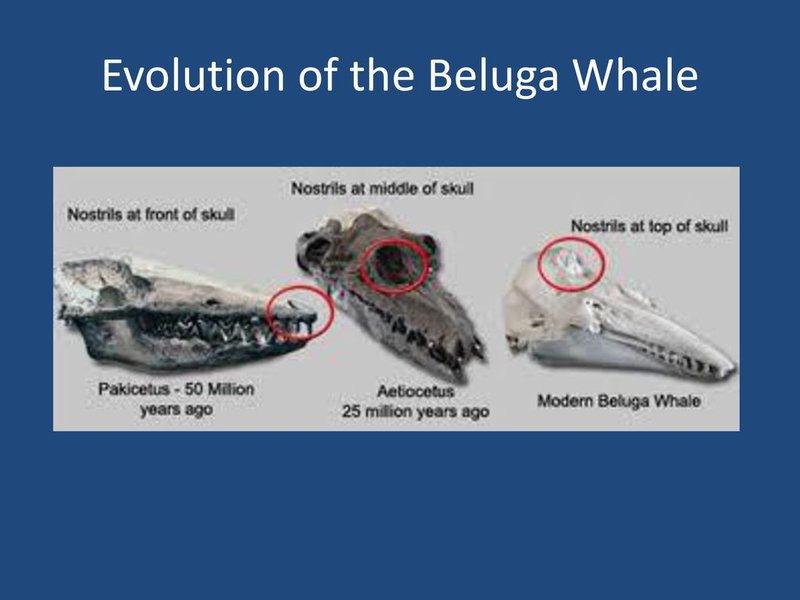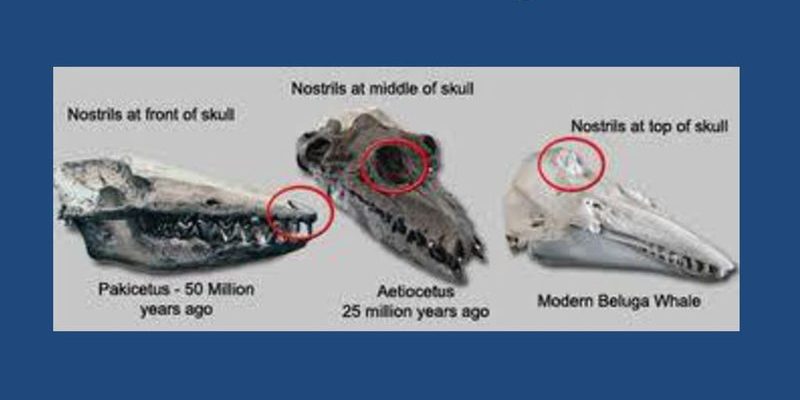
Imagine for a moment that the beluga is like a character in a long-running series, evolving from a distant ancestor to the beloved whale we see today. Their evolutionary journey can tell us a lot not just about belugas, but about the broader family of whales and even about life in the ocean itself. Let me explain how all this came to be and why understanding their story is important.
The Ancestral Roots of the Beluga Whale
Belugas, also known as *Delphinapterus leucas*, trace their roots back to ancient ancestors that roamed the oceans millions of years ago. Around 50 million years ago, the first ancestors of modern whales began to emerge. These creatures were not whales as we know them today; instead, they were more akin to land mammals that made a big leap back into the water.
This period marks the beginning of the cetacean family tree. It’s fascinating to think about how these early whales adapted to life in the sea. They developed streamlined bodies, flippers, and a layer of blubber for insulation. Over millions of years, natural selection favored those individuals capable of thriving in marine environments, which eventually led to the diverse array of whales we see today, including the charming beluga.
Belugas are particularly unique because they belong to the monodontidae family, which includes only one other species: the narwhal. This makes them something of a special club member in the whale world. Their evolutionary journey is a testament to adaptation and survival in a changing environment, showcasing the remarkable ability of life to find a way.
Physical Adaptations for Life in the Arctic
Beluga whales are well equipped for their chilly environment. Their white coloring isn’t just for looks; it’s a clever adaptation that helps them blend into the icy waters and snow-covered landscapes of the Arctic. If you think about it, this is like wearing camouflage—making it easier to hide from predators or sneak up on prey.
Another fascinating feature is their thick layer of blubber, which can be up to 5 inches thick. This layer keeps them warm in frigid waters. Imagine cozying up under a thick blanket all winter—that’s essentially what their blubber does for them. Belugas also have a unique ability to vocalize, using melodious sounds to communicate with one another. Some might even say that they ‘sing’! This feature is critical for their social structure, helping them stay connected in the expansive, often dark waters they inhabit.
Interestingly, belugas are also known for their adaptability. They can thrive in a range of habitats, from the ice-covered Arctic to the warm waters of estuaries. This flexibility is vital for their survival, especially as climate change alters their natural environments. Honestly, their evolutionary toolkit is quite impressive.
Social Behavior and Intelligence
Belugas are often called the “canaries of the sea,” and for good reason. They’re extremely social creatures with rich vocalizations that allow them to communicate in various ways. You might be wondering what kind of sounds they make. Well, belugas produce clicks, whistles, and even a range of other complex sounds. This vocal versatility helps them maintain strong social bonds, much like how we use language.
Intelligence is another trait that stands out in belugas. They engage in playful behavior, which often includes surfing on waves or playing with kelp. Some researchers even suggest that this playfulness is indicative of their cognitive abilities. Think about it: just as humans play games to learn and bond, belugas use play to strengthen their social ties and practice skills they might need for survival.
These social structures are important not just for individual whales, but also for the overall health of their populations. The more connected they are, the better they can thrive in their changing environment. By understanding their social behavior, we gain valuable insights into what makes a resilient species.
Threats and Conservation Efforts
Unfortunately, belugas face numerous threats as their habitats change due to climate change and human activities. Melting ice impacts their hunting grounds, while increased shipping traffic can lead to dangerous encounters. Additionally, pollution and industrial development pose risks to their health and safety.
In light of these challenges, various conservation efforts have been initiated globally. Organizations are working to monitor beluga populations, protect their habitats, and reduce human impact on their environments. For example, special regulations are in place in many areas to limit shipping noise, which can interfere with their communication.
The efforts to protect belugas are not solely about saving a species; they’re also about maintaining the health of the entire Arctic ecosystem. Belugas play a critical role in their environment, and ensuring their survival supports countless other species as well. Let’s face it, their charming presence in the ocean reminds us of the beauty of nature and our responsibility to protect it.
Belugas in Human Culture
Belugas have captured the human imagination for centuries. From Indigenous cultures in the Arctic to modern aquariums, these whales hold a special place in our hearts. Their playful nature and striking appearance have made them popular in wildlife documentaries and educational programs.
In many Indigenous communities, belugas are more than just animals; they hold cultural significance. They are often featured in folklore and serve as a vital food source. The respect for these creatures is profound, reminding us of our connection to nature and the importance of coexistence.
On the flip side, their popularity has also led to challenges. Some belugas are captured for marine parks, raising ethical questions about their treatment and care. Awareness of these issues has surged in recent years, prompting conversations about animal rights and conservation. Understanding the relationship between humans and belugas can inspire action toward more ethical practices in wildlife conservation.
Looking Ahead: The Future of Belugas
As we look to the future, the survival of beluga whales depends on our actions today. Climate change is a pressing issue that affects their habitats, while pollution and human interventions continue to pose risks. It’s crucial to support conservation efforts and educate others about these beautiful creatures.
Recent advancements in technology offer hope. Researchers are using satellite tracking to monitor migration patterns and understand how belugas adapt to changing environments. This information is invaluable for crafting effective conservation strategies.
You might be wondering how you can help. Simple actions, like reducing plastic use and supporting sustainable practices, can make a difference. Every small effort counts when it comes to protecting our planet and the species that inhabit it. Belugas remind us that we’re all part of a larger ecosystem, and together, we can work toward a brighter future for these remarkable whales.
In conclusion, the evolutionary journey of the beluga whale is a captivating saga of adaptation, intelligence, and resilience. From their ancient ancestors to the social creatures we admire today, belugas offer a window into the intricate tapestry of life in our oceans. Their story is not just about survival; it’s a reminder of the connection we share with the natural world and our role in protecting it. So, let’s stay curious and committed to preserving the beauty of the beluga and the stunning ecosystems they call home.

